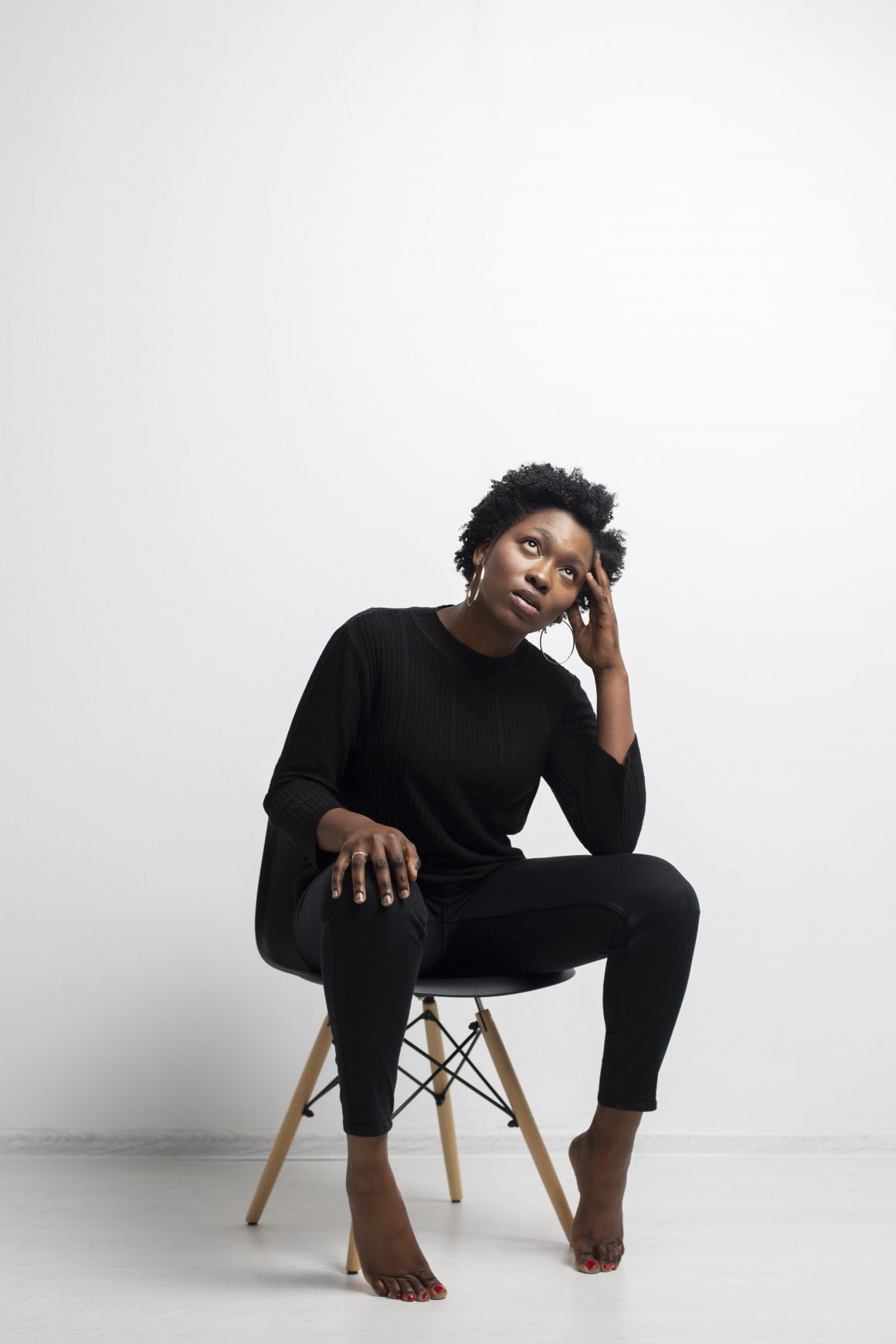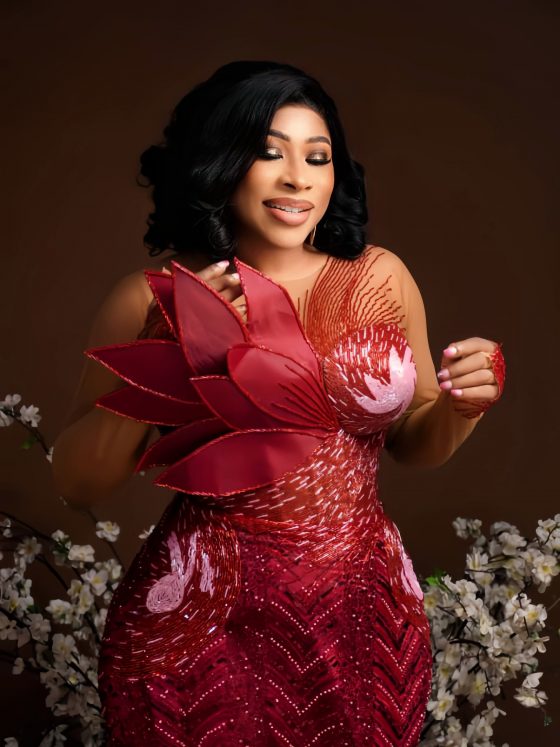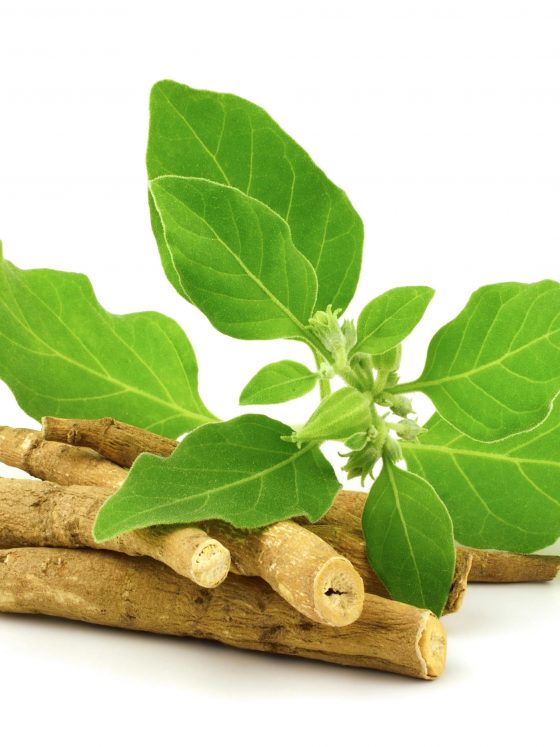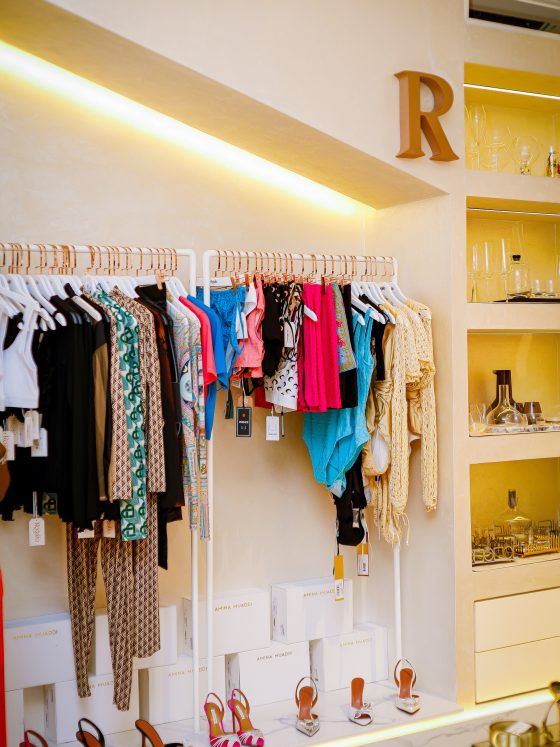In recent years, minimalism has swept through Instagram feeds, Pinterest boards, and lifestyle blogs with the force of a stark, Nordic wind. With its clean lines and monochromatic colour schemes, it promises a serene oasis in the chaotic desert of modern life. But beneath its polished surface, one wonders: Is minimalism truly a universal ethos or merely the latest aesthetic indulgence for the well-to-do?
Minimalism, at its core, is about stripping away the unnecessary, focusing on what’s essential, and finding beauty in simplicity. Proponents like Marie Kondo and The Minimalists (Joshua Fields Millburn and Ryan Nicodemus) preach the gospel of decluttering—not just your closet, but your entire life. This philosophy resonates deeply in an era where the average Nigerian home is bursting at the seams with unneeded goods.
Yet, for all its purported universality, there’s an argument to be made that minimalism is most accessible to those who can afford to choose simplicity. After all, opting to own fewer things is a luxury in itself, one that presupposes you have the means to buy quality over quantity and that you aren’t holding onto items out of necessity but choice.

The minimalist aesthetic often showcased in media—spacious, artfully appointed homes with high-end finishes—further fuels the critique that minimalism is not just about less, but about a specific kind of “less” that looks very good in photographs. These images often depict an uncluttered life that is as much about style as it is about substance, suggesting that minimalism might be less of a practical solution for the masses and more of a curated lifestyle for the few.
For many, the barriers to minimalism are not just financial but also cultural and practical. Families from collectivist cultures, for instance, might find the minimalist emphasis on individualism and self-curation at odds with values of family cohesion and interdependence. Meanwhile, working-class families often keep items out of necessity or in anticipation of future needs, a strategy that directly contradicts minimalist principles but aligns perfectly with a practical approach to living on a limited budget.
Moreover, the minimalist trend often overlooks the environmental impact of discarding possessions. The ethos of “out with the old, in with the new” can contradict the environmentally conscious decision to keep and use things until they are truly worn out. While minimalists advocate for purchasing fewer, higher-quality items, the reality of doing so remains out of reach for many.
Despite these criticisms, it would be unfair to dismiss minimalism outright as a trend only for the affluent. The core principles of the movement—focusing on what truly matters, reducing waste, and eschewing the needless accumulation of material goods—have universal appeal and potential benefits for mental health and well-being. Minimalism challenges all of us, regardless of income, to reconsider what possessions we truly need and what we can live without.
However, the adaptation of minimalism across different socioeconomic strata can look very different. For those with less disposable income, minimalism might not manifest in an immaculate, all-white living room but rather in a more conscious approach to consumption and a more thoughtful relationship with possessions, which can be equally liberating.
So, is minimalism just another trend for the affluent? It certainly can be when viewed through the lens of high-end minimalist decor magazines and luxury lifestyle influencers. However, as a philosophy and a practice, minimalism holds the potential to transcend socioeconomic boundaries, offering a pathway to a less cluttered and more mindful existence for anyone willing to take up its principles.
In the end, perhaps the question isn’t whether minimalism is just for the affluent but whether we can afford not to embrace its call to focus on what truly enriches our lives. And for those still on the fence, remember: minimalism doesn’t have to mean you live with less—just that you live with enough. Enough can be a feast, or it can be a beautifully curated Instagram post; the choice, as always, is yours.












